British researchers have reported a window electrode based on an ultra-thin bilayer of copper and amorphous tungsten sub-oxide.
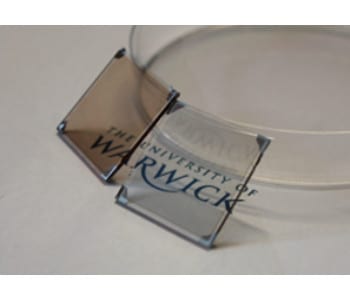

British researchers have reported a window electrode based on an ultra-thin bilayer of copper and amorphous tungsten sub-oxide.
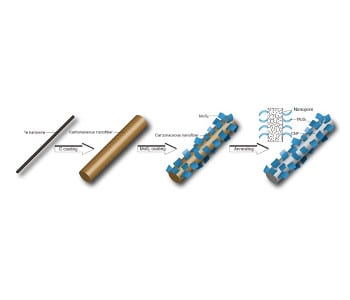
Shu-Hong Yu and his team have developed a method to construct kinetically stable anode materials for high-energy applications.
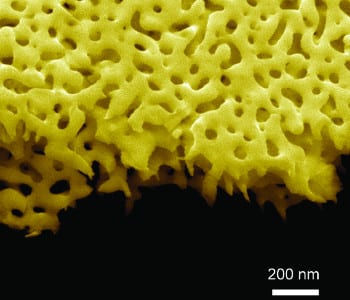
New research has found that “edge-free” monolayer MoS2 films supported by 3D nanoporous gold possess outstanding catalytic activity,
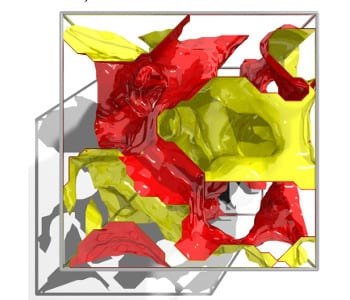
A new electrostatic model has been developed, which treats electrons and holes not as point charges or an average electrostatic density, but as delocalized Gaussian spheres.
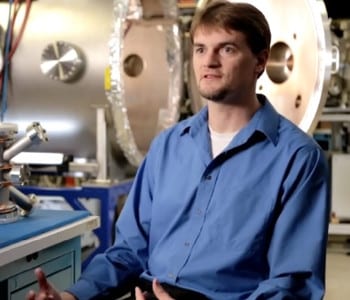
US engineering company Lockheed Martin has reported that it has developed a new design for a fusion reactor that could be in use in a decade.
Researchers show how a unique nano-alloy composed of palladium nano-islands embedded in tungsten nanoparticles creates a new type of catalyst.
Scientists from Nanyang Technological University (NTU Singapore) have developed a new battery that can be recharged up to 70 per cent in only 2 minutes.
An American team have won an $800,000 grant to research stable materials for nuclear waste storage.
A new multifunctional coating system to increase the sunlight harvesting ability and the operational lifetime of organic DSSC devices has been proposed.
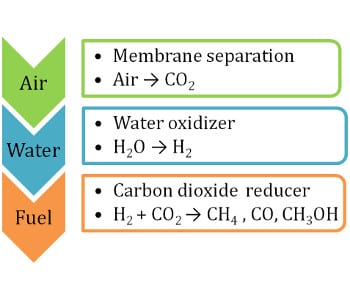
What can we do if the IPCC’s response to climate change – assessment of risk, vulnerability, mitigation, adaptation and cost – fails to deliver?